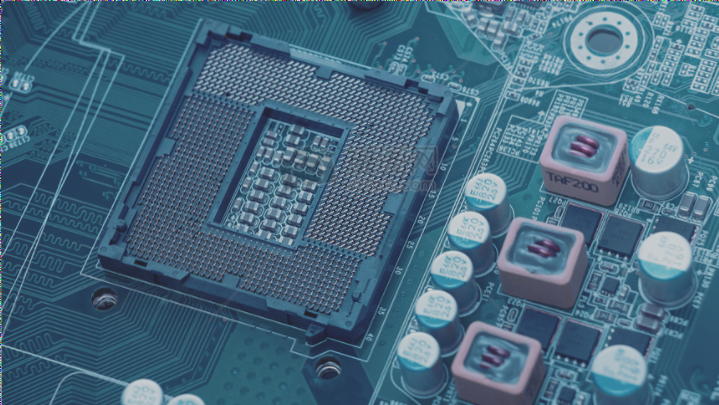The Importance of Heat Dissipation in PCBs
Electronic equipment generates heat during operation, causing the internal temperature to rise rapidly. Failure to dissipate this heat in time can lead to overheating, device failure, and decreased reliability of the equipment. Therefore, effective heat dissipation from the circuit board is crucial.
Factors Contributing to Temperature Rise in Printed Circuit Boards
- The primary cause of temperature rise in printed boards is the power consumption of circuit devices. Electronic devices consume varying amounts of power, with heating intensity correlating to power consumption levels.
- Two common temperature rise phenomena in printed boards include localized or widespread temperature rise and short-term or long-term temperature fluctuations.
Analysis of PCB Thermal Power Consumption
When analyzing PCB thermal power consumption, the following aspects are typically considered:
- Electrical Power Consumption:
- Analyze power consumption per unit area.
- Evaluate power consumption distribution across the PCB circuit board.
- Printed Board Structure:
- Consider the size and material of the printed board.
- Printed Board Installation:
- Assess installation methods (e.g., vertical or horizontal installation).
- Consider sealing conditions and distance from the casing.
- Thermal Radiation:
- Evaluate the emissivity of the printed board surface.
- Consider the temperature difference between the printed board and adjacent surfaces.
- Heat Conduction:
- Installation of radiators.
- Conduction through other installation structures.
- Thermal Convection:
- Natural convection.
- Forced cooling convection.
By analyzing these factors, it is possible to effectively address temperature rise issues in printed circuit boards. These factors are interconnected and interdependent within a product and system. It is crucial to analyze them based on the specific circumstances to accurately calculate parameters like temperature rise and power consumption.



